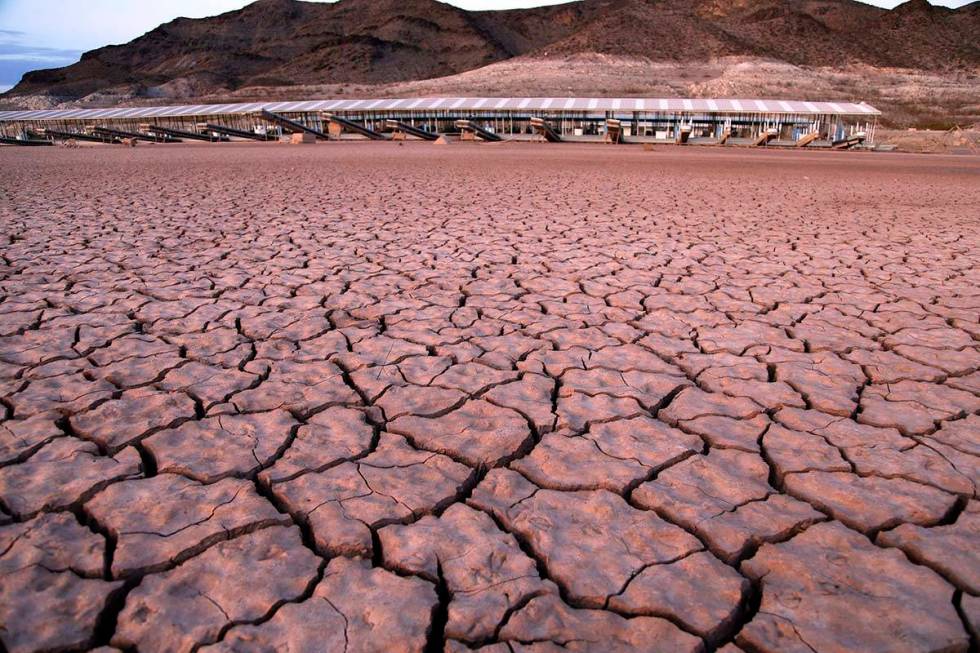New study may predict ‘worst case’ climate scenario for Nevada

A new study from UNLV suggests that warm Arctic seas, melting sea ice and a hot Pacific Ocean caused a hot and dry period in the Southwestern United States thousands of years ago, the likes of which have never been experienced by humans.
Researchers suggest the past may point to a potential “worst case” scenario for Nevada if greenhouse gas emissions aren’t reduced as today’s carbon pollution, Arctic and Pacific warmings could lead to a re-creation of those ancient climate conditions.
“What we’re seeing today is that humans are taking control of the climate system to cause it to change in ways that it wouldn’t be doing otherwise,” said Matthew Lachniet, UNLV climate scientist and lead researcher on the study. “We can infer from that, if those parts of the climate system are acting the same way in Nevada, in the future, as they did in the past, we can expect Nevada to become even drier and hotter than it is today.”
By combining data from methods such as tree ring sampling, lake cores and stalagamites, Lachniet and his colleagues have put together a comprehensive 13,000-year climate history, which may help combat climate change.
Lachniet said that carbon pollution is leading to sustained warming that will stick around for hundreds or even thousands of years until the carbon in the atmosphere goes down.
Much of the Southwest, including Nevada, has been experiencing severe drought since 2001, which left record-low levels of water in Lake Mead.
Added strain on the Colorado River and Rio Grande basins could further threaten these water sources, which support 56 million residents throughout the Southwest.
Much of the previous research on past climate conditions comes from tree ring data. However, tree rings can only reveal what conditions were like in the last 1,000 to 2,000 years.
Stalagmites, however, can provide a look even further back in time.
Stalagmites are rock mounds that are formed by water dripping down from the ceiling of a cave depositing minerals on the cave floor.
UNLV researchers took samples from the stalagmites in Leviathan Cave north of Las Vegas in Basin and Range National Monument. Samples revealed one of the hottest and driest periods the state had ever gone through.
“Every year they put down a new layer of rock, and within that rock they capture chemical variations that are related to climate,” Lachniet said.
He said that Nevada is in a great place to reduce carbon emissions and become a leader in renewable energy.
“By cultivating the solar industry, we will supply energy to other cities as well as our own state that would remove future emissions of carbon from the atmosphere that caused the warming,” Lachniet said.
The research was published in the journal Paleoceanography and Paleoclimatology.
Earyn McGee is a 2020 Mass Media reporting fellow through the American Association for the Advancement of Science. Email her at emcgee@reviewjournal.com. Follow her on Twitter at @Afro_Herper